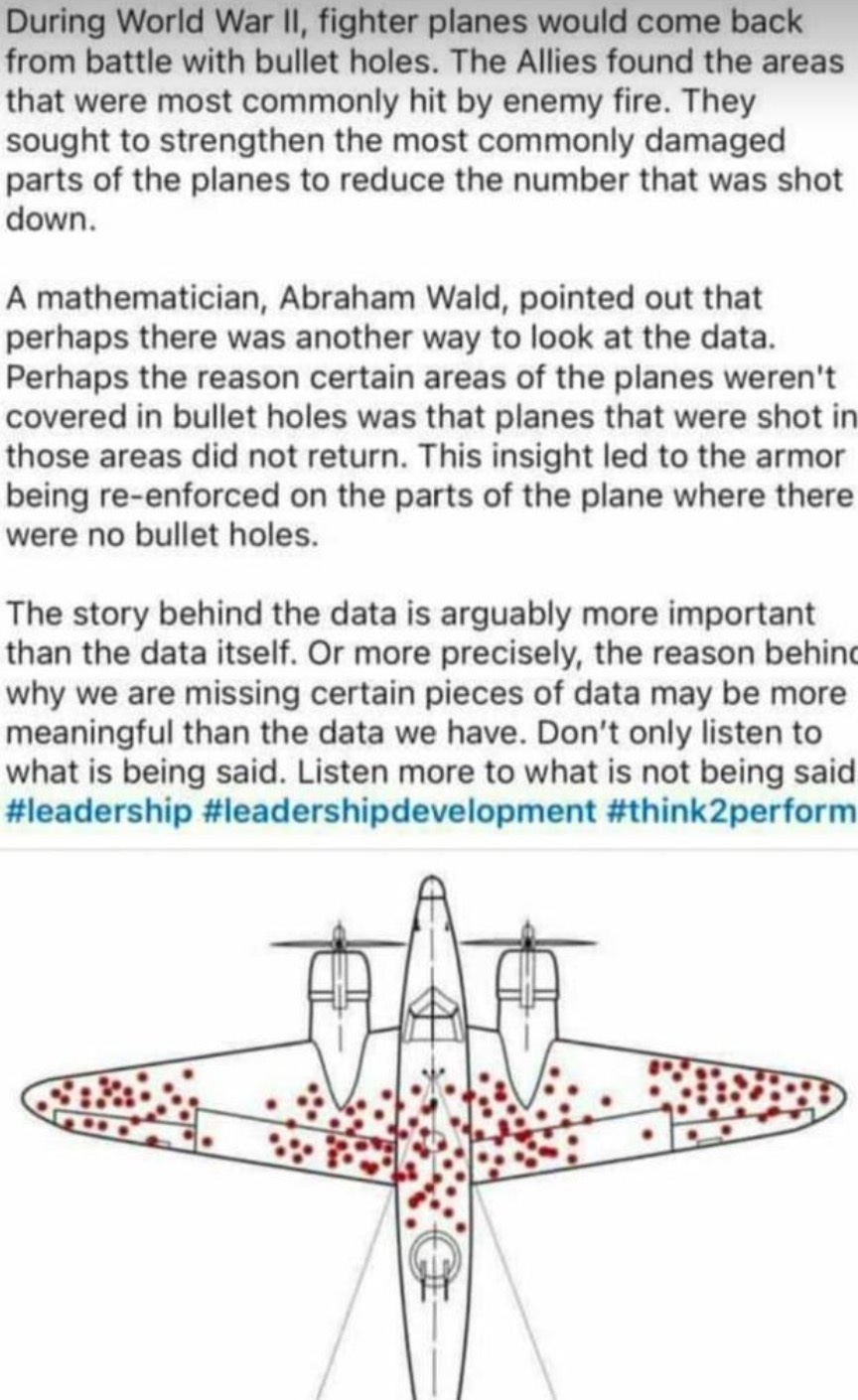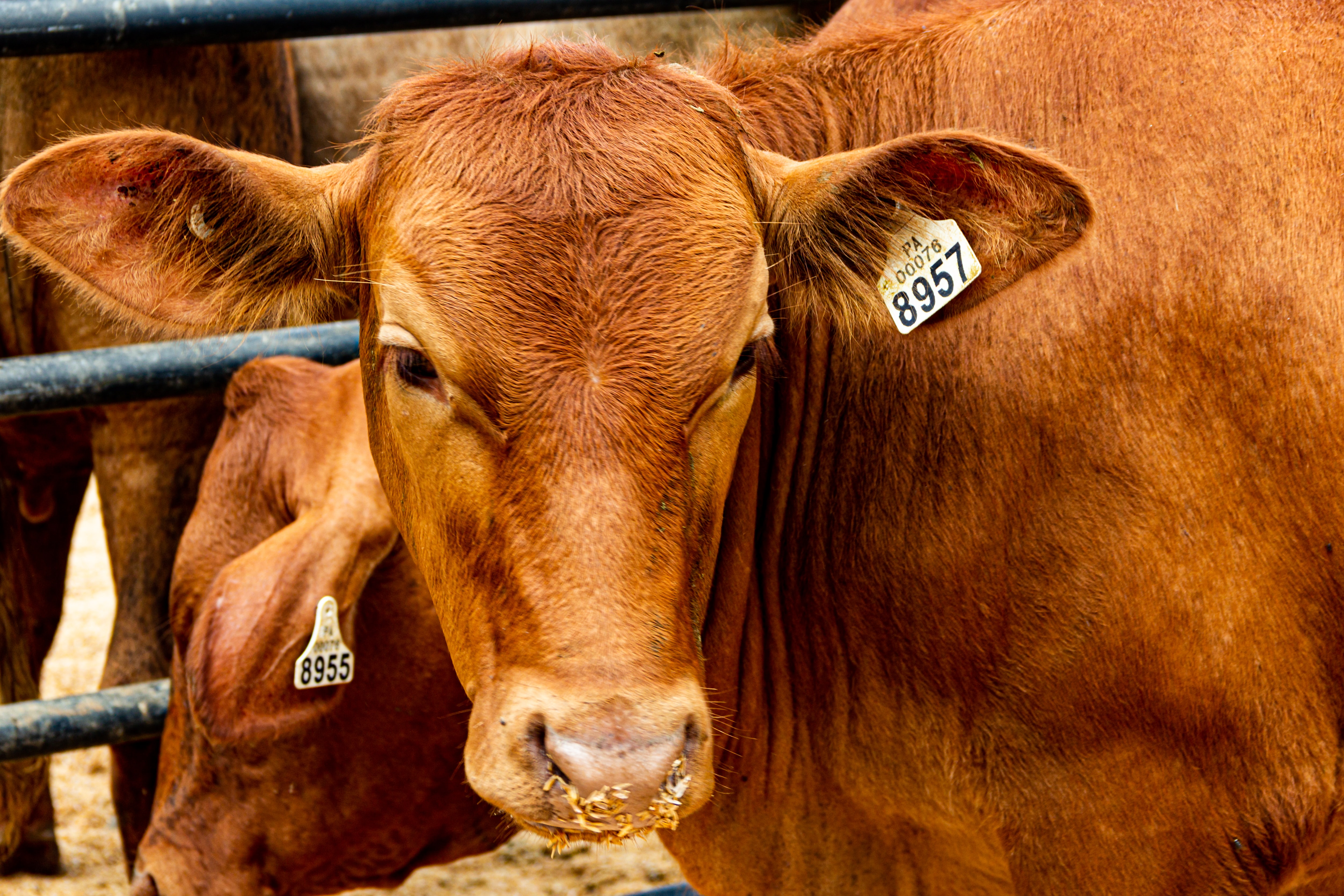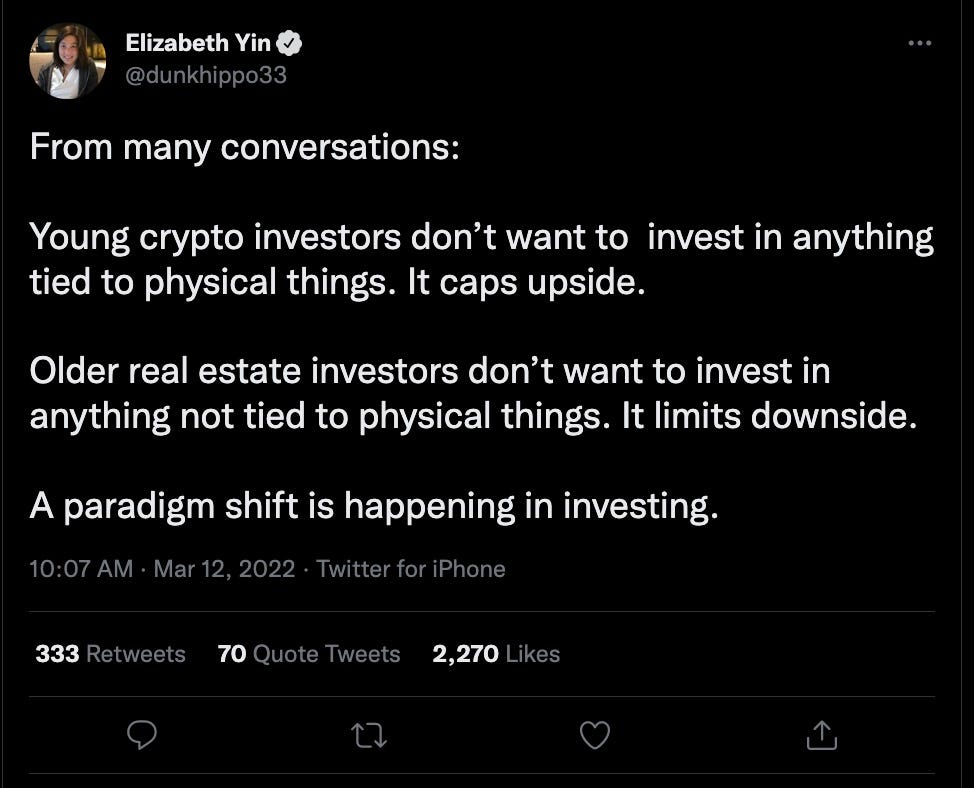Imagine an alternate universe where William Cargill, Sam Walton, John Tyson, Bo Pilgrim, and JR Simplot had access to venture capital in their early days.
- Could venture capital have improved the outcomes of their companies?
- Let’s assume these companies wouldn’t have ended up any bigger than they did, but could they have shaved 50-100 years off the time from start to empire status?
- Would those founders have taken venture capital if it had been available?
Venture capital is a tool for faster growth. But it comes with a time clock – industry standard is a 10 year time horizon for a fund.
But these companies are generational giants. William Cargill started the earliest seed of Cargill in 1865…that’s a minute ago. They grew the old fashioned way – by creating value at the right time for the right market(s). I’d love to have insight into their capital structure during mega growth phases but let’s assume that growth was financed by some debt and mostly revenues since venture capital didn’t even become a thing until the 60’s-70’s and even then was limited to high tech businesses.
Today we explore scenarios where venture capital either wasn’t needed or wasn’t a fit, and how survivor bias might influence our views on both.
Speaking of bootstrapping and overnight successes built over years decades, I recently interviewed Scott Sexton (CEO of Dairy.com which is now EverAg) for the Future of Agriculture podcast. Scott has been on my list of go to smart people ever since I was launching The Poultry Exchange. We downed a lot of coffee talking about strategies and tactics to get to liquidity in digital marketplaces since that was how Dairy.com started years before.
Dairy.com emerged from the ashes of the dot com bust backed by several large US dairy processors. Those dairy processors needed a better way to trade dairy products like cream to keep supply & demand in balance which is tricky when you have a perishable product and multiple components.
Because processors were invested in Dairy.com they drove volume into the trading platform, and because there was volume in the trading platform from suppliers then buyers showed up. This early path to liquidity was critical and it’s a topic for another day, but the lack of liquidity is what kills most marketplaces.
The marketplace was effectively what we’d call today their wedge product. It got them in the room, in the market, in the customer’s office. Then they started expanding, incremental step by incremental step.
They were facilitating the trade but then the customer needed to physically haul dairy products and there was a whole suite of challenges making that a nightmare. So Dairy.com moved into digitize hauling.
And once you’ve traded product and hauled product, someone needs to get paid for that product….which had its own suite of clunky paper based products. So Dairy.com moved in to digitize payments.
They’ve just repeated this process for 20 years, going deeper within the vertical while expanding their footprint wider across the value chain and shifting their identity from ‘marketplace company’ to ‘company that powers supply chains’. The company recently began that shift from ‘go deeper in dairy‘ to ‘go wider across ag’ by moving into other verticals.
Until the relatively recent private equity acquisition, Dairy.com grew in a capital constrained way, with steady growth.
So flip the script on their business. Could a venture backed Dairy.com have had a similar outcome in 1/4 the time? Or had a bigger outcome in the same time frame?
I’m still forming my hypothesis here but I think there’s something interesting, something durable about high ambition companies that grow slowly. I’m not talking about lifestyle businesses (and I don’t use that description pejoratively), I’m talking about companies that have high ambition for high growth but do it without relying on copious amounts of venture capital.
Maybe high ambition companies that grow slowly over time have the most staying power.
Venture capital is flashy. It’s big numbers and hockey stick growth curves (up and to the right, always!) and IPO’s and buzzy exits. Or at least, that’s what you read about.
What you don’t see press releases about are the companies that drowned in too much cash by attempting to grow faster than the foundation of the company could handle, or before their market was ready. The graveyard of these companies is grande.
Venture capital is a financial tool for growth, but it’s not always the right tool for the job.
Given the venture fund model and venture timelines, does VC add risk to the investee? In many situations, yes. Or as one founder put it recently, “VC’s have many bets in their portfolio, I have one and it’s this company. My outcomes are binary.”
Alternatively, does slower growth increase staying power of a company?
Depends on the market. The customer. The product. The company. The competition.
Another scenario: Hickory Nut Gap is a growing regional meat company selling into Whole Foods and other retail and foodservice outlets. This is a high ambition farm to label operation that has grown rapidly but is in a low margin category, where traditional growth capital sources aren’t quite a fit and yet some form of growth capital is needed to fuel the founder’s ambitions for the business.
I wonder about the alternative financing models that are needed but not readily available for these types of businesses, capital that is:
- more risk tolerant than private equity
- more patient than venture capital
- less expensive than equity
- more flexible than most debt
Is that a thing? Can that be a thing?
In agriculture, capital can’t remove all the bottlenecks to growth because often the bottleneck to growth is the reality of natural rhythms of live plants and animals who exist in complex biological ecosystems and producers operating in increasingly volatile financial environments.
The risk to this whole conversation is looking only at the winners, and failing to recognize Survivorship Bias.

Shane Parrish of The Knowledge Project describes it this way:
“Survivorship bias is a common logical error that distorts our understanding of the world. It happens when we assume that success tells the whole story and when we don’t adequately consider past failures.
There are thousands, even tens of thousands of failures for every big success in the world. But stories of failure are not as sexy as stories of triumph, so they rarely get covered and shared. As we consume one story of success after another, we forget the base rates and overestimate the odds of real success.”
This is incredibly true in the world of venture capital. But by definition it must also be true in the eras in which Cargill, Tyson, Walmart, Simplot, etc were forged.
So what’s the takeaway?
I think the moral of the story is that great businesses get built under every financing structure possible, in any market condition, in any vertical. There’s no absolute better or worse capital source, there’s only better or worse for this business at this time.
Would William & Sam & John & Bo & JR have taken venture capital? Impossible to say obviously (and we can have a whole other debate about whether their business models were venture friendly) but I wonder if the benefits of bootstrapping a high ambition business isn’t its own kind of super power.
What a time to be alive 😉
What company that is a small to midsize business today do you think will be a big business in 20-50 years?



